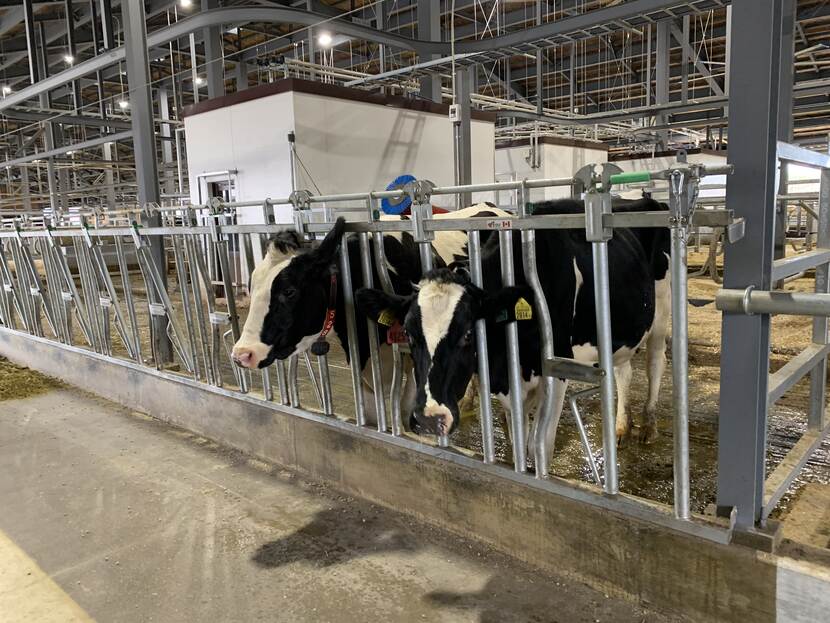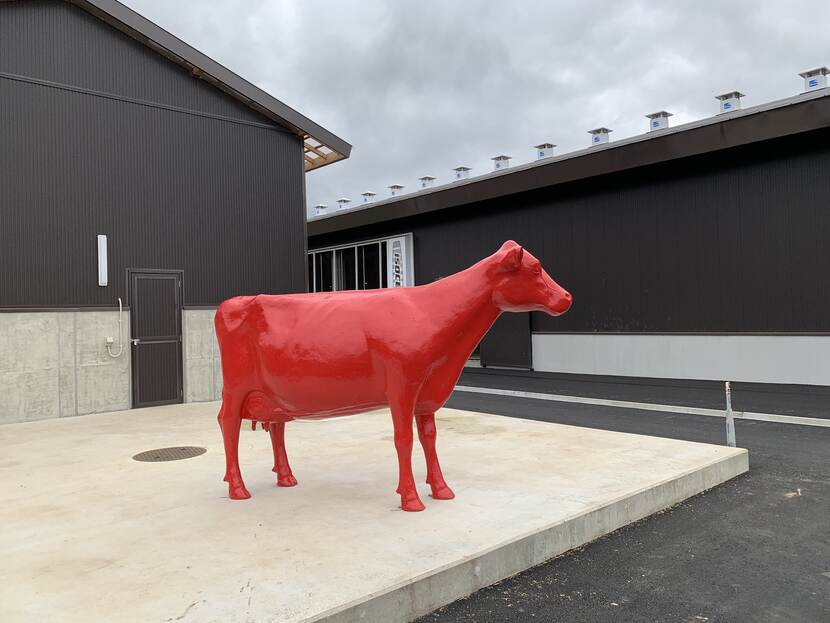Werkbezoek aan Hokkaido, graanschuur van Japan
Het LAN-team bracht van 23 tot 25 september een werkbezoek aan Hokkaido, de 'graanschuur' van Japan. Hokkaido bezit 25% van de beschikbare landbouwgrond en heeft een sterke focus op akkerbouw en zuivel. Zo vindt 79% van de aardappel en 54% van de zuivelproductie hier plaats. Grootschalige landbouw is hier in opkomst (meer in marktrapport/link).
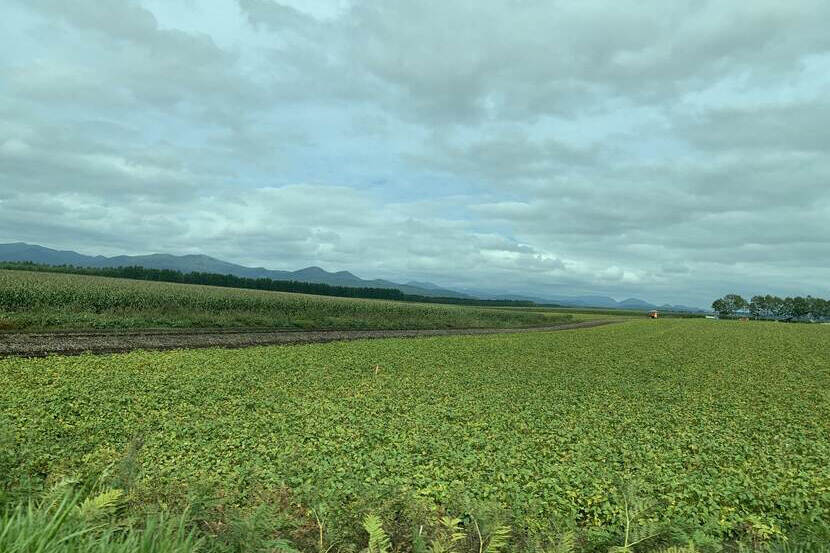
Characteristics of agriculture in Hokkaido
Het doel van de reis was de banden aanhalen met de prefectuur, de Hokuren-coöperatie en een beeld krijgen van de uitdagingen waartegen de grote bedrijven aanlopen. Arbeidstekorten nemen toe en bij uitbreidingsplannen worden op lokaal niveau strengere milieueisen gesteld.
Hokkaido accounts for 25% of Japan’s total cultivated land area, and has been developed predominantly for rice, field crops, and dairy farming. The cultivated land area per farm household in Hokkaido is about 13 times greater than that of any other prefecture. Business farm households account for 70.9% of the total prefectural farm households, compared with 19.2% in other prefectures. Farmers in Hokkaido run their businesses on a large-scale, full-time basis. While the nation’s calorie-based foodself-sufficiency ratio hovered at a low 38 percent in FY2017, Hokkaido’s ratio was 206 percent in the same fiscal year. (Source: “Agriculture in Hokkaido Japan” by the Department of Agriculture, Hokkaido Government)

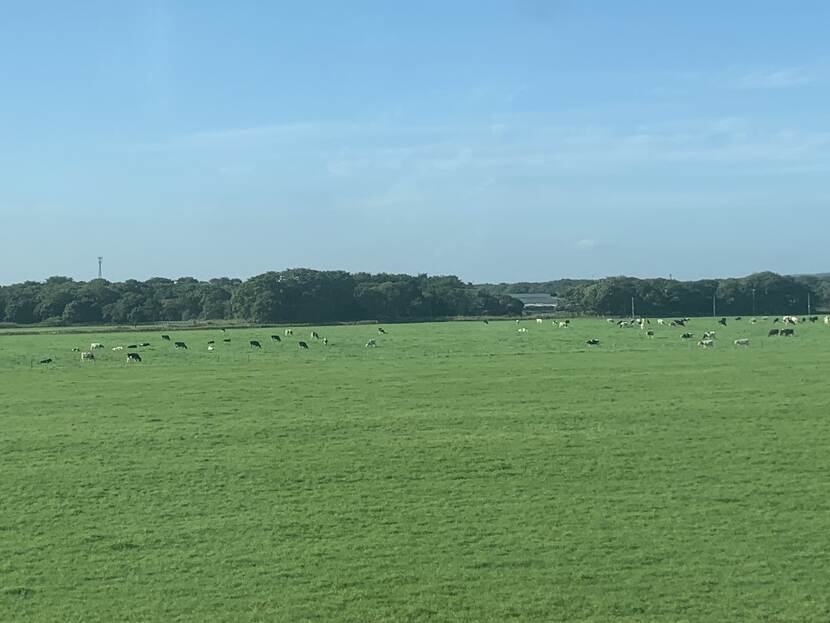
A major challenge facing the agricultural sector in Hokkaido is the serious labour shortage caused by the rapidly aging workforce. The introduction of smart solutions into daily farming practices is considered by everyone as the solution to the problem. Research-institute NARO, Cooperative Hokuren and the Prefecture work together to develop solutions.
Environmental management and manure handling are becoming more urgent issues for large farming corporations, because they need to deal with guidelines or pressures from non-agricultural interest groups if they wish to expand the scale of operation. Small-to-medium sized farmers are usually not much bothered by environmental regulations.
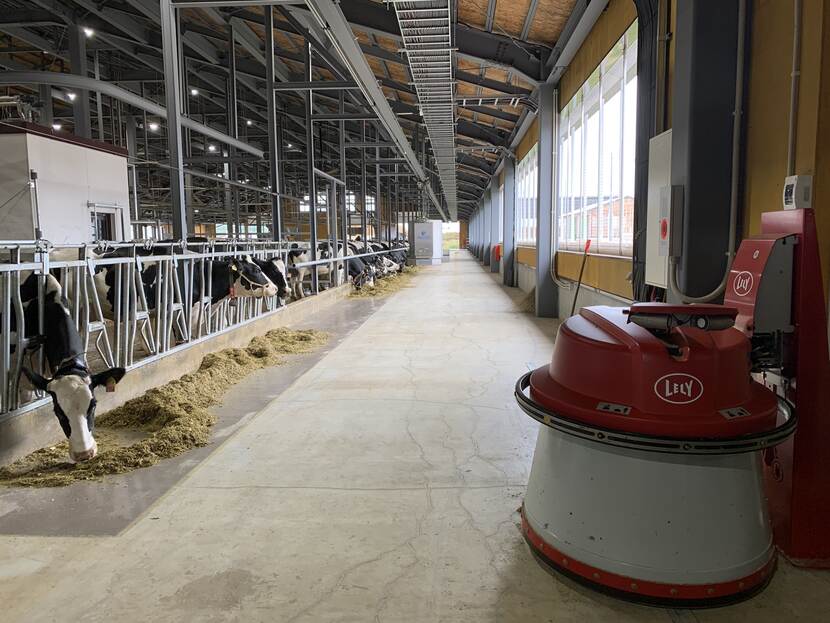
On a national level, Japan has regulations on the storage of manure, but there are no national regulations on animal density per unit land area. More strict regulations are possible on a municipality level, depending on local circumstances. For example, Betsukai Town in Hokkaido set the local animal density standard of 2.13 cows per hectare on 1 April 2014. After a grace period of 3 years, the standard has been fully implemented since 1 April 2017.
It’s the intention that Dutch Ambassador Peter van der Vliet will bring another visit to Hokkaido (Sapporo and Obihiro).
LAN-Team Tokyo
@agritokio
